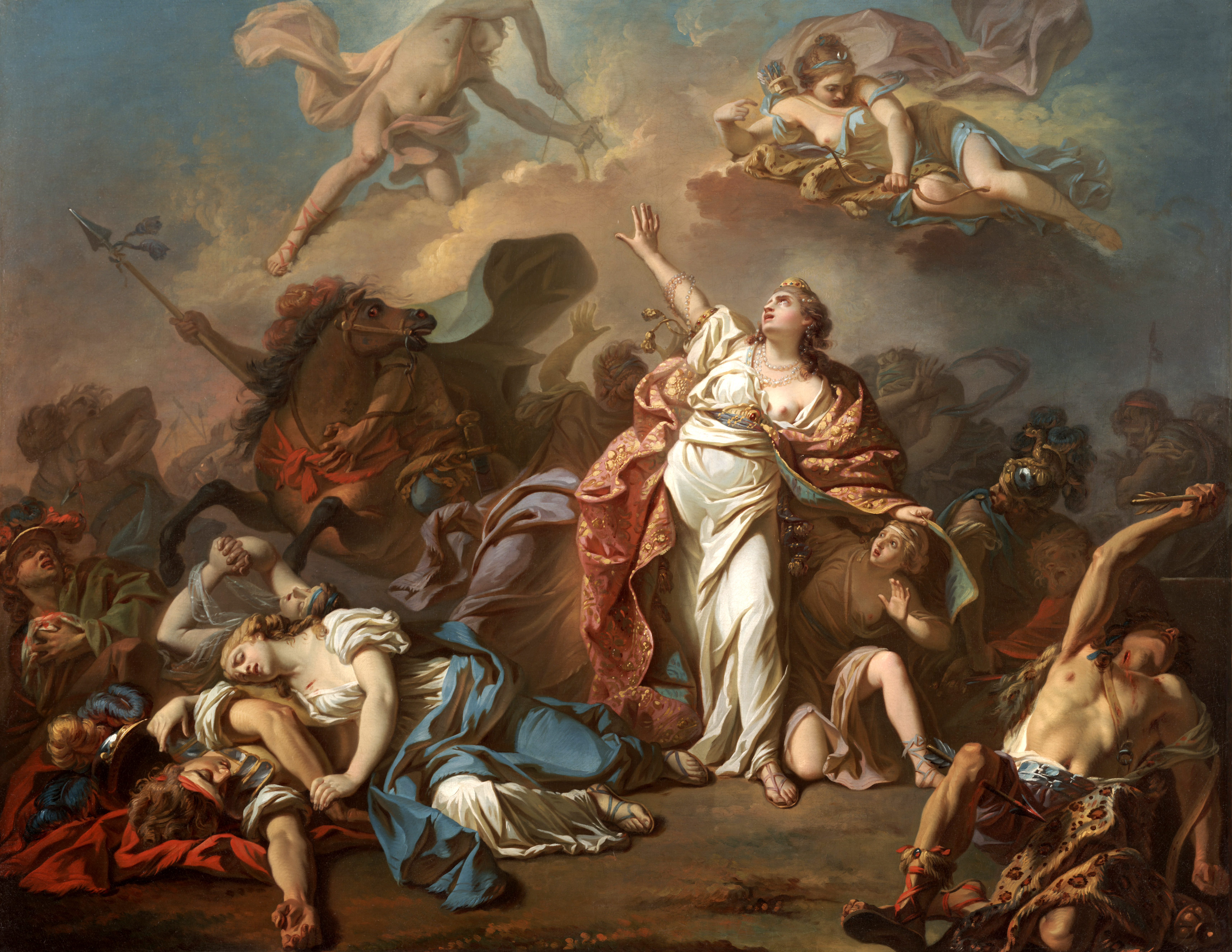For this unit, we are working on a scripted piece called The Love of a Nightingale by Timberlake Wertenbaker. 'It is an adaptation of the Ancient Greek legend of the rape of Philomela by her brother-in-law Tereus, and the gruesome revenge undertaken by Philomela and her sister Procne. The play takes a feminist look at the ancient tale.'
Synopsis
The King of Athens, Pandion I, fights a war with Thebes over land. The King of Thrace, Tereus, helps out Pandion, and in return, Pandion allows Tereus to marry Procne, one of his two daughters. Procne obeys reluctantly. She is not attracted to her taciturn soldier of a husband, and she dreads being parted from her beloved and spirited sister Philomele. When she reaches Thrace, she struggles to adjust to life, as the women assigned to her have none of the cultural interests she has grown up with in Athens. She asks Tereus to return to Athens and bring her sister, Philomele, to come and see her, as she is the only one who understands her.
Tereus travels to Athens and takes Philomele on his ship. From an early stage, there are danger signals that Tereus is sexually attracted to his sister-in-law. Though Philomele herself is initially unaware of his interest, both her older servant and chaperone Niobe and the sailors can see the warning signs. After a while, Tereus starts finding ways to slow down their journey, to give him more time to try to seduce Philomele. As she finally realizes his intentions, she desperately reaches out to the Captain of the ship, a quiet, gentle man, in hopes of escape. But when Tereus finds them together, he angrily kills the Captain. In order to make her weak and vulnerable, Tereus now informs Philomele untruthfully that Procne has died during his absence. When Philomele continues to resist his advances, he rapes her. Later, due to her determination to rebel and inform her sister, who she has worked out by now is not dead, he cuts out her tongue.
On his return home, Tereus informs Procne that Philomele was drowned on the journey. Five years pass.
Philomele has in fact been living in isolation for 5 years, and has seen nobody except the king (who initially visited her occasionally), Niobe and Niobe's servant. Niobe takes her to the annual Bachann/Dionysian festival, which is the only day of the year in which the women can drink and run wild. Using large dolls she has made, Philomele performs a re-enactment of the rape in order to inform Procne that she is alive and of what Tereus has done. In revenge, Procne kills her own young son with Tereus, Itys. As Tereus begins to chase the women, his intent being to kill them, the gods turn Procne into a swallow, Tereus into a hoopoe and Philomele into a nightingale.
Thursday 26th February
For our first session, we looked at the script and blocked the first scene. This scene starts off with a war and two soldiers are left standing for a fight to the death. We have decided that this performance will be mostly in the style of Bertolt Brecht. Brecht's style was in the style of 'Epic Theatre'. "Epic Theatre proposed that a play should not cause the spectator to identify emotionally with the characters or action before him or her, but should instead provoke rational self-reflection and a critical view of the action on the stage. Brecht thought that the experience of a climactic catharsis of emotion left an audience complacent. Instead, he wanted his audiences to adopt a critical perspective in order to recognise social injustice and exploitation and to be moved to go forth from the theatre and effect change in the world outside. For this purpose, Brecht employed the use of techniques that remind the spectator that the play is a representation of reality and not reality itself. By highlighting the constructed nature of the theatrical event, Brecht hoped to communicate that the audience's reality was equally constructed and, as such, was changeable."
The next part we blocked was where Procne and Philomele are talking about the men that are fighting in the war. This scene is considered to be very innocent as neither of the sisters have had any experience with men before.
